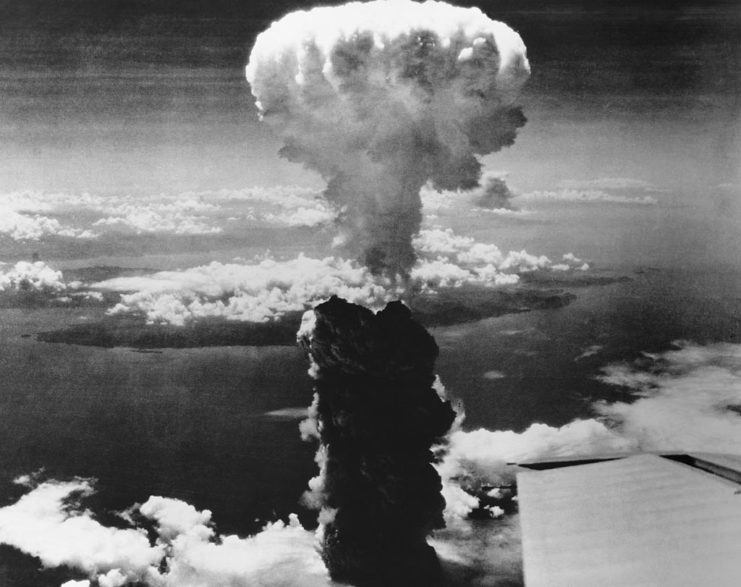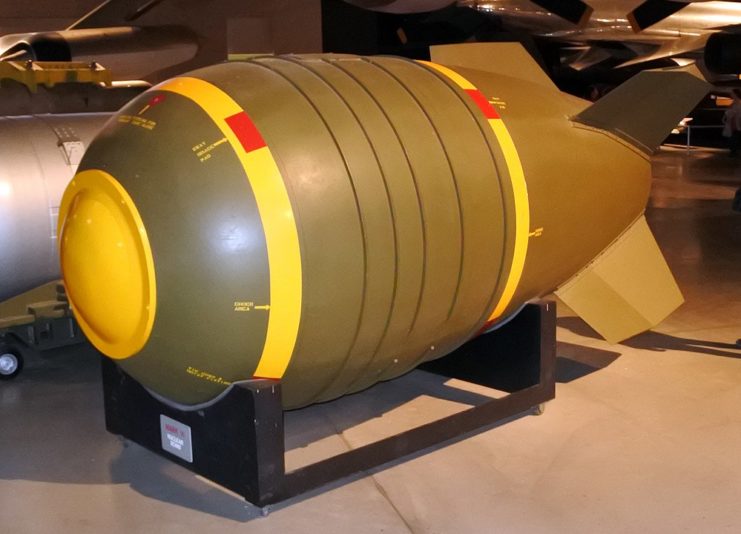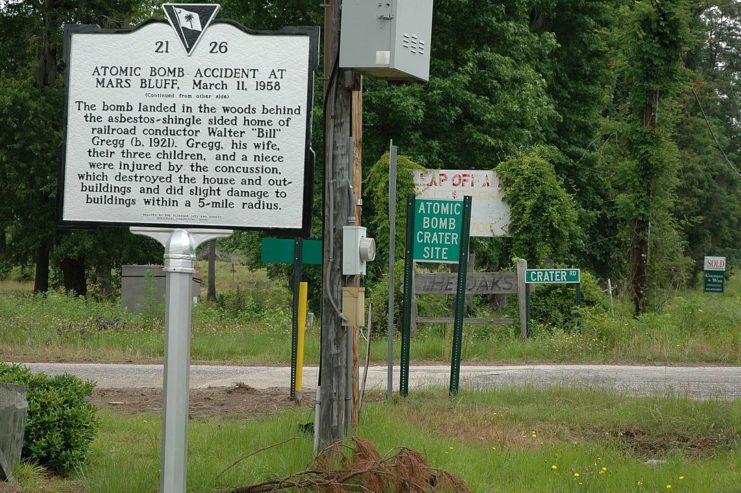Starting in the late 1940s and continuing through the Cold War, the United States and the Soviet Union were engaged in a relentless arms race. During this time, both countries frequently tested their different weapons, resulting in multiple incidents. One especially dangerous event took place in Mars Bluff, South Carolina, in 1958.
The United States continued developing bombs after World War II

The Second World War was a harrowing conflict. The US brought it to a close in the summer of 1945 by dropping the atomic bombs Little Boy and Fat Man on Hiroshima and Nagasaki. Nonetheless, the nation continued to advance its development of newer and more powerful nuclear weapons.
Development of the Mk 6 nuclear bomb

The Mk 6 nuclear bomb, an evolved version based on the bomb used on Nagasaki during World War II, went through various modifications between 1951 and 1955 and remained in service until 1962. During this period, over 1,000 units were manufactured, each with varying nuclear yields.
In preparation for a potential conflict with the Soviet Union, the US Air Force worked the Mk 6 nuclear bomb into its training exercises. Because of this, the 1950s witnessed several accidental releases, known as “broken arrows” by the US military.
A Mk 6 nuclear bomb is dropped on Mars Bluff, South Carolina

On March 11, 1958, a Boeing B-47 Stratojet took off from Hunter Army Airfield in Georgia, carrying a crew from the 375th Bombardment Squadron of the 308th Bombardment Wing. The strategic bomber was headed for the United Kingdom, with plans to continue to North Africa for Operation Snow Flurry, where pilots were scheduled to conduct simulated bomb drops. Although it was only a drill, the B-47’s crew felt considerable pressure due to the timed nature of the exercise.
Prior to takeoff, the crew had awkwardly positioned their Mk 6 nuclear bomb in the bomb bay, having difficulty securing it. They used a sling and pounded the steel locking pin into place. However, when the plane took off, the mechanism disengaged as expected, but failed to re-engage once the aircraft was airborne.
Captain Bruce Kulka, the navigator and bombardier, was alerted to the problem. While inspecting the area, he inadvertently pulled the emergency release pin, causing the bomb to drop from 15,000 to 20,000 feet. Kulka narrowly avoided falling out of the open bomb bay by clutching onto something and pulling himself back to safety.
The Mk 6 bomb struck a playhouse built by Bill Gregg for his children, who were playing about 200 feet away at the time. The explosion obliterated the playhouse and created a 70-foot-wide crater. Gregg, his children, and his wife were injured, and seven nearby buildings were damaged.
Reaction to the Mars Bluff Incident

Surprisingly, none of the individuals affected by the blast suffered serious injuries, as the explosive nuclear core of the Mk 6 bomb was stored in a separate part of the B-47 aircraft. What detonated was the TNT contained within the bomb. Had a full-scale nuclear detonation occurred, the resulting devastation would have been catastrophic.
Military authorities arrived at the scene shortly after the incident. The Gregg family, who lost everything in the explosion, filed a lawsuit against the Air Force and were granted $54,000 in compensation. Despite their ordeal, Bill Gregg remained positive, later telling the local newspaper, “I’ve always wanted a swimming pool, and now I’ve got a hole for one at no cost.”
Legacy of the Mars Bluff Incident

More from us: The US Army Air Corps Once Dropped Bombs on Boise City, Oklahoma
New! Want to become a trivia master? Sign up for our War History Fact of the Day newsletter!
The near-disaster became known as the “Mars Buff Incident,” and received local and international coverage. It also contributed to a change in the way the Air Force ran its training exercises going forward, especially since accidents like it were more common than the military would have liked to admit. Shortly after, the branch stopped carrying nuclear bombs during training missions.
